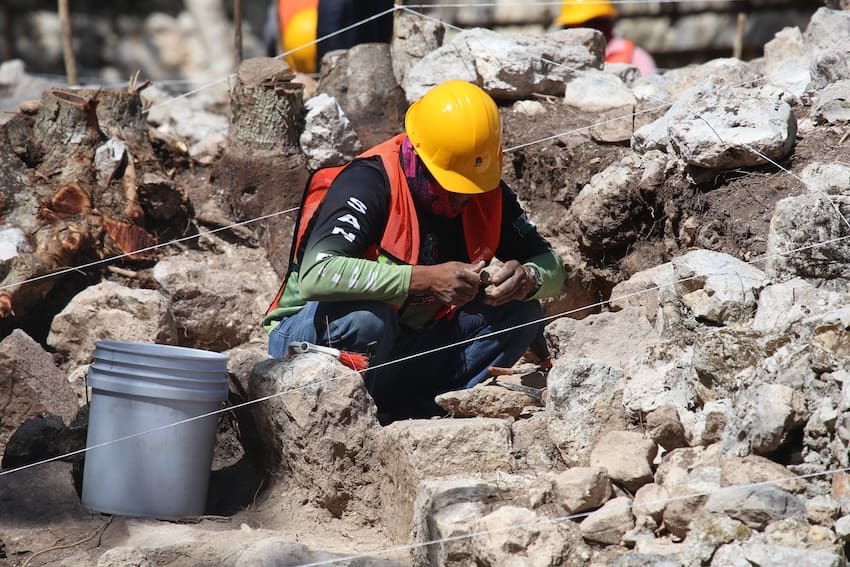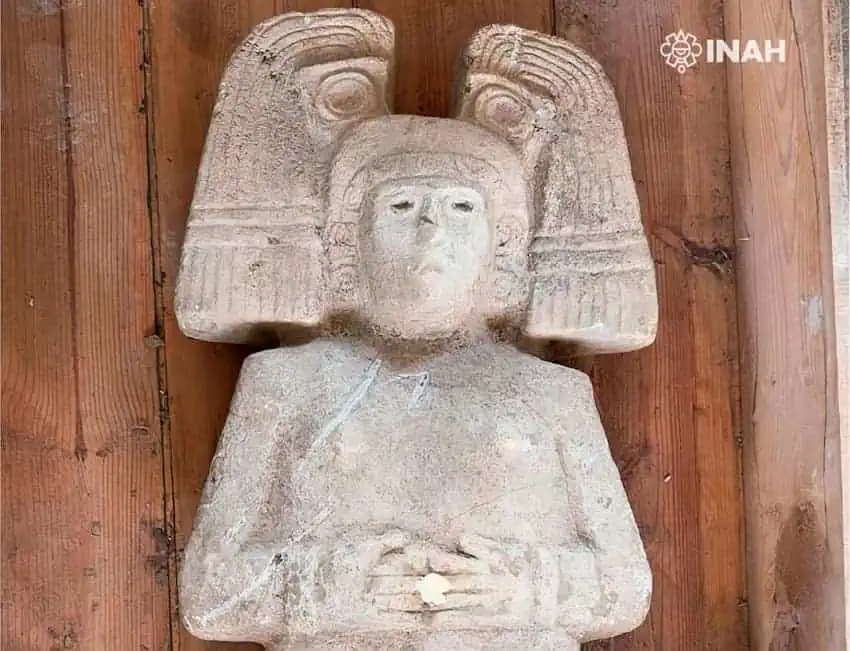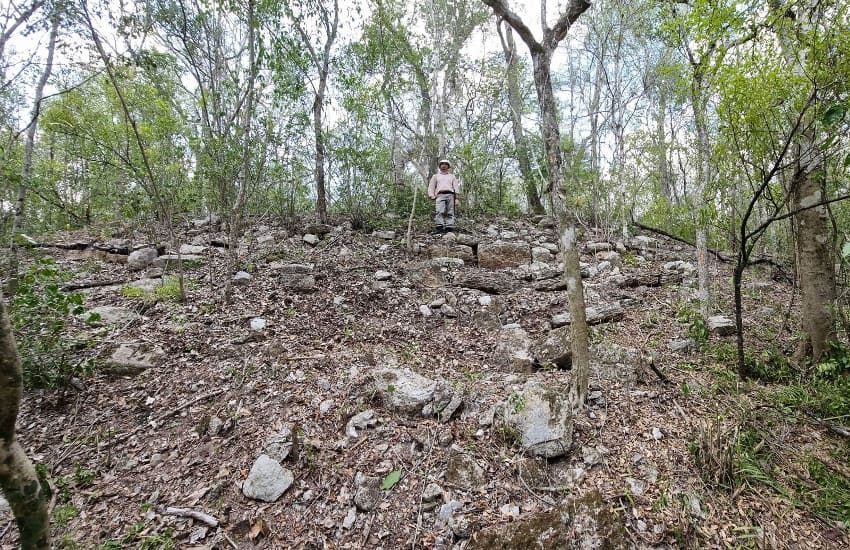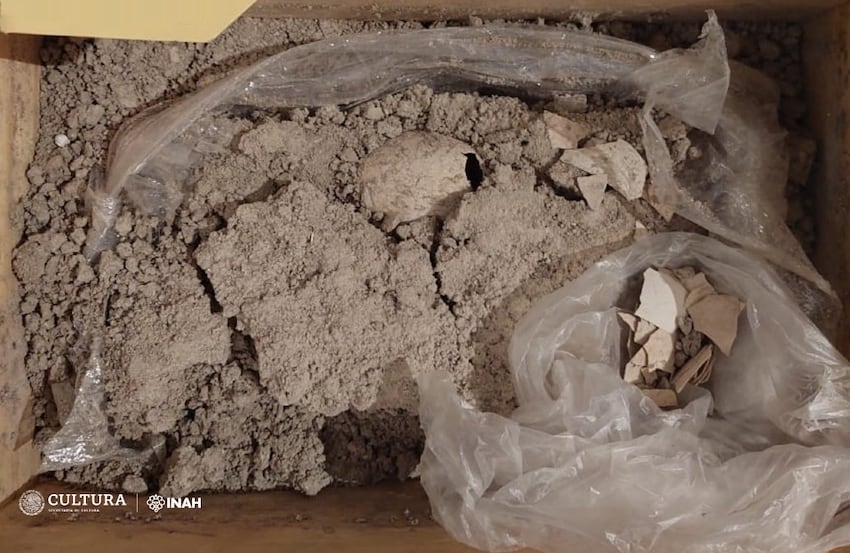5 memorable archaeological discoveries in Mexico in 2023

From pre-Columbian cities to a fossilized flamingo egg, Mexico’s rich and diverse history and varied environmental landscape have made it an exciting year for archaeologists.
Below are some of the highlights of discoveries made across Mexico in 2023.
A 16th-century cemetery in Chapultepec Park
In February, a 16th-century cemetery was found in Mexico City’s Chapultepec Park, believed to date from less than 100 years after the Spanish conquest of Tenochtitlán (Mexico City).
The cemetery was discovered during construction work in the park. The bodies had been buried at three different times, but all after Tenochtitlán’s fall in 1535. Researchers said some were buried in the Catholic style, while others followed Mesoamerican traditions.
This led archaeologists to believe that some of the deceased were European individuals, while others were Mexica. Tests revealed that they had suffered from various conditions, including malnutrition, infections, and bone inflammation.
A pre-Columbian female ruler?

Over the summer, a sculpture resembling the “Young Woman of Amajac” – one of the most important recent pre-Columbian archaeological finds – was discovered during road-paving work in a town in Veracruz.
The remarkably well-preserved statue stands at 1.54 meters high and weighs between 200 and 250 kilograms, slightly smaller than the 2-meter-high previous find.
Both statues wear headdresses with similar decorations, leading experts to hypothesize that they may represent the same figure, possibly a female Huasteca ruler.
An ancient Maya city in Campeche

June saw a major discovery in the Yucatán Península.
Hidden in the jungle in the southeastern state of Campeche, is a “monumental site” as described by the National Institute of Anthropology and History (INAH), which was dubbed Ocomtún, meaning “stone column” in the Yucatec Mayan language.
The pre-Columbian city is located within the Balamkú ecological reserve in the municipality of Calakmul.
The city was found thanks to the laser surveying techniques, which experts used to scan the area where Ocomtún was found.
According to archaeologists, the site served as an important regional hub, most likely during the Classic period of ancient Maya civilization, which lasted from 250-1,000 A.D.
An ancient fossilized flamingo egg

In August, a flamingo egg dating from the last ice age was found during construction work at the Felipe Ángeles International Airport in Mexico City.
INAH officials said the remarkably preserved egg is incredibly rare, and only the second discovery of its kind in the world – the first in the Americas.
The presence of the egg suggests that an ancient shallow lake existed in the area between 8,000 and 33,000 years ago.
The fossilized egg is 93.5 mm (3.7 inches) by 55.8 mm (2.2 inches).
3,500-year-old graves in Mexico City’s Chapultepec Park

Back in Chapultepec Park, archaeologists found another series of far older graves, dating back 3,500 years, during construction work on Line 3 of the Cablebus, near Avenida Constituyentes.
These include 10 conical or bell tombs half containing human remains, indicating the existence of a village in the area during the Early and Middle Preclassic periods (2,500-400 B.C.).
The discovery of the tombs is additional evidence of early human habitation in the area, after artifacts dating to the same era were unearthed there last year.
Mexico News Daily
Source: Mexico News Daily

